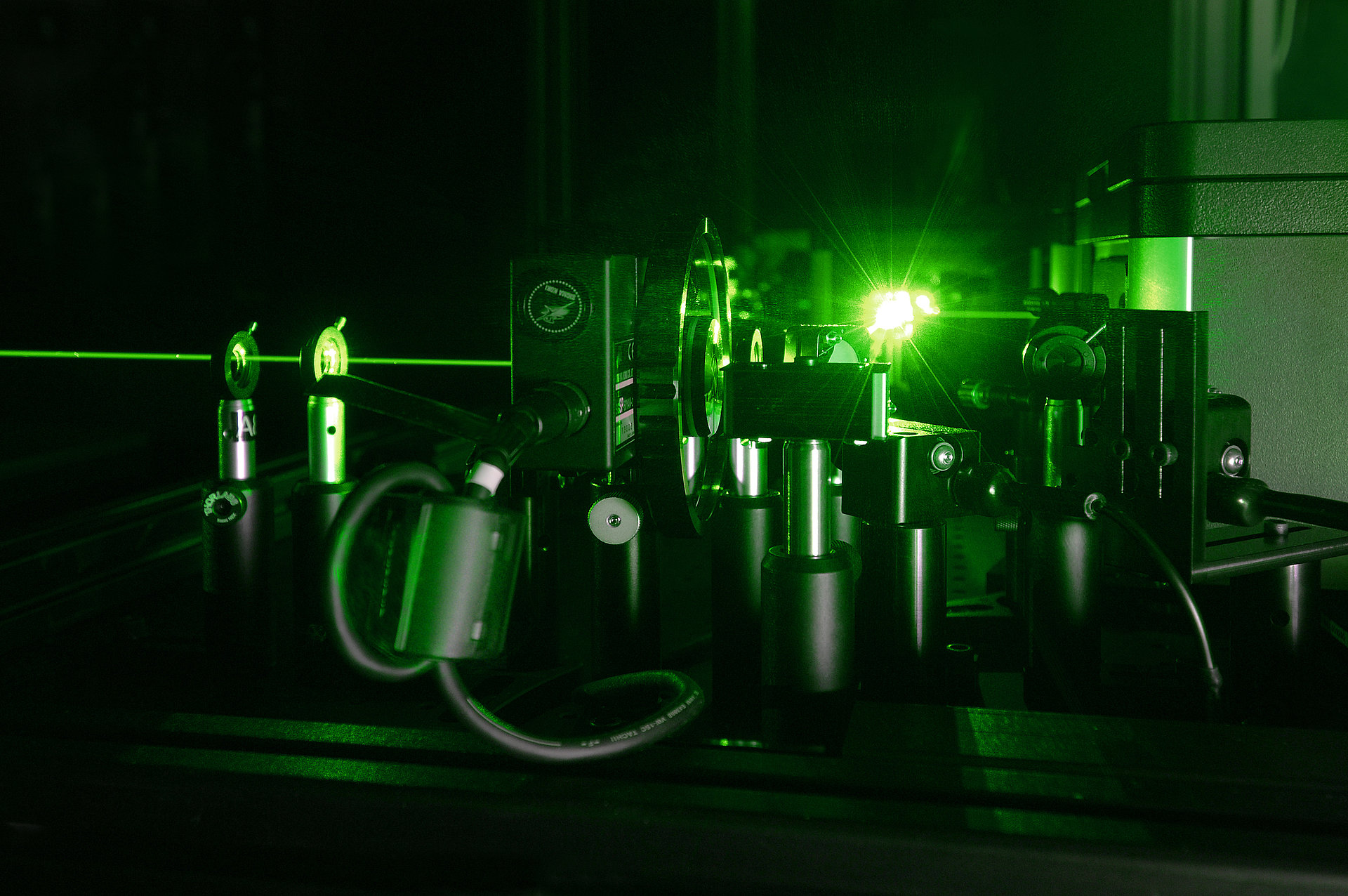Laser Diagnostics and Its Application
A special issue of Applied Sciences (ISSN 2076-3417). This special issue belongs to the section "Optics and Lasers".
Deadline for manuscript submissions: closed (31 March 2023) | Viewed by 7152

Special Issue Editors
Interests: laser spectroscopy; TDLAS sensiong; gas spectral analysis; gas metrology; combustion and gasification diagnostics
Interests: spectroscopy; laser diagnosis; combustion gas sensing technology; burner and system monitoring; breathing gas detection; environmental monitoring; measuring instruments and system development
Special Issue Information
Dear Colleagues,
We are inviting submissions to the Special Issue on Laser Diagnositics and Its Application.
Laser diagnostics are well-established techniques and facilitate the measurements of crucial parameters for various studies including fundamental chemistry, turbulence and fluid mechanics, combustion, reaction kinetics, and gas metrology, as well as pollution monitoring.
The development of many laser-based diagnostic techniques, such as Rayleigh and Raman scattering, laser-induced fluorescence (LIF), laser-induced incandescence (LII), laser-induced breakdown spectroscopy (LIBS), and tunable diode-laser absorption spectroscopy (TDLAS), enable quantitative interpretation of measurements in very complex situations.
In this Special Issue, we invite submissions exploring cutting-edge research and recent advances in a wide field of laser diagnostics, from fundamental research, reaction kinetics, combustion and environmental measurements, to their utilization in real-world scenarios. Both theoretical and experimental studies are welcome, as well as short communications and reviews.
Dr. Zhechao Qu
Dr. Xing Chao
Guest Editors
Related Workshop:
International Workshop on Laser Diagnostics and its Application for the Renewable Energy Sector

Manuscript Submission Information
Manuscripts should be submitted online at www.mdpi.com by registering and logging in to this website. Once you are registered, click here to go to the submission form. Manuscripts can be submitted until the deadline. All submissions that pass pre-check are peer-reviewed. Accepted papers will be published continuously in the journal (as soon as accepted) and will be listed together on the special issue website. Research articles, review articles as well as short communications are invited. For planned papers, a title and short abstract (about 100 words) can be sent to the Editorial Office for announcement on this website.
Submitted manuscripts should not have been published previously, nor be under consideration for publication elsewhere (except conference proceedings papers). All manuscripts are thoroughly refereed through a single-blind peer-review process. A guide for authors and other relevant information for submission of manuscripts is available on the Instructions for Authors page. Applied Sciences is an international peer-reviewed open access semimonthly journal published by MDPI.
Please visit the Instructions for Authors page before submitting a manuscript. The Article Processing Charge (APC) for publication in this open access journal is 2400 CHF (Swiss Francs). Submitted papers should be well formatted and use good English. Authors may use MDPI's English editing service prior to publication or during author revisions.






